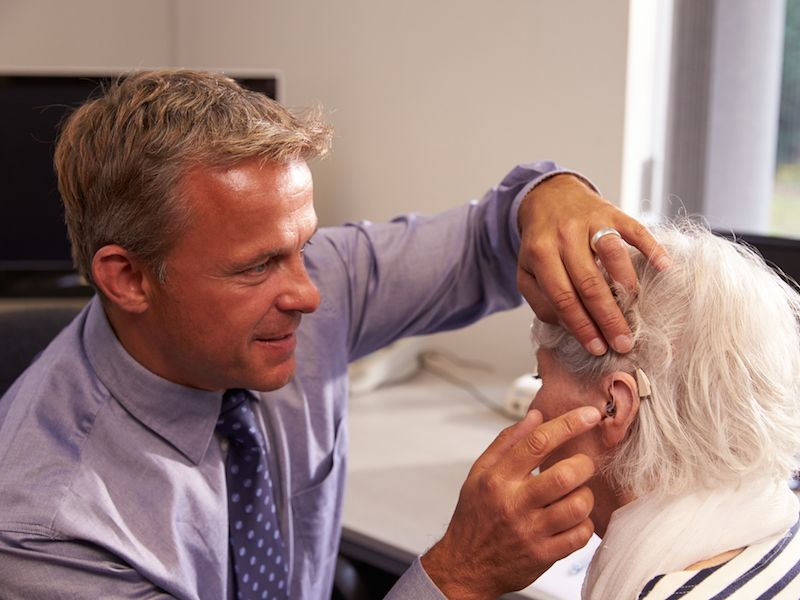
The numbers don’t lie: at some point in your life, you’re most likely going to require a hearing aid. A quarter of individuals from 60 to 75, according to an NIDCD study, have loss of hearing and for people over 75 this number increases to 50%. But how can you be certain which hearing aid is correct for you when you recognize it’s your best opportunity to combat loss of hearing? Hearing aids at one time had problems such as vulnerability to water damage and unwanted background noise but modern day hearing aids have resolved these sorts of issues. But there’s still a lot you need to know when choosing a hearing aid to be certain it works with your lifestyle.
Pay Attention to Directionality
Directionality is one important feature you should look for, which has the ability to keep background noise down while focusing on sound you want to hear such as conversations. Most hearing aids have different directionality packages, which either focus in on the sound directly in front of you, the sound that’s coming from different speakers, or a mix of both.
Can You Use it With Your Phone?
As a nation, we’re addicted to our cell phones. Even if you don’t have a smartphone, it’s likely you have an old-style cell phone. And on the off-chance that you don’t have any kind of cell phone, you probably still have a land-line. So, when you’re testing different hearing aids, you should test how they connect to your phone. What does it sound like? Are you capable of discerning voices plainly? Does it feel easy to wear? Is it Bluetooth Ready? When shopping for new hearing aids, you need to take into consideration all of these.
Are You Likely to Wear it?
In the last few years, as mentioned above, the technology of hearing aids has significantly improved. One of those advances has been the size and shape of hearing aids, which have trended in the smaller and more comfortable direction. But there are definitely pros and cons. A more compact hearing aid might not be as powerful as a bigger one, so it really depends on your hearing specialist’s suggestion and what you need to accomplish with your hearing aid. You can get a hearing aid that fits right in your ear canal and is all but invisible, but it won’t have many of the features available in larger hearing aids and will be prone to earwax clogs. On the other side of it, a behind the ear hearing aid is bigger and may be more noticeable, but often have more directionality features and provide more choices for sound amplification.
Exposure to Specific Background Noises
One of the most significant problems since hearing aid technology has been invented has been wind noise and the havoc it causes to users. It could have driven anybody nuts to go outside on a breezy day and hear nothing but wind. you live in a windy place or if you’re an outdoor kind of person so you’ll want to find a hearing aid that suppresses wind noise so you can carry on conversations at an average volume and avoid the headaches that are linked to hearing aid wind noises. Searching for more information about how to select the right hearing aid? Give us a call.
